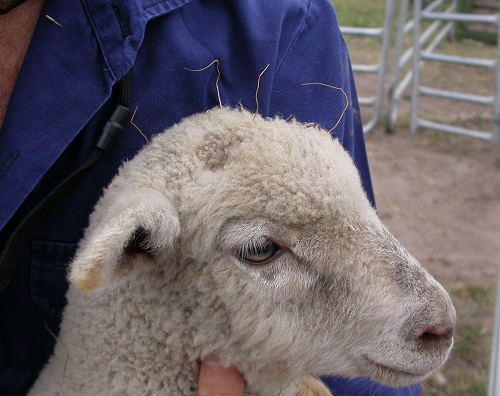
Current filter:

Chilean needle grass is easier for farmers to identify right now as the purple seed head is visible.
Hawke’s Bay Regional Council reminds landowners to check the grasses on their properties to make sure this pest plant isn’t growing.
“The distinctive purple seed head becomes visible in spring and early summer making the plant easier to distinguish from other grasses. Early identification and control is important to contain this pest plant which can quickly invade productive land,” says Alice McNatty, HBRC Senior Plant Pest Advisor.
Chilean needle grass has a sharp seed head that causes problems for stock as it can pierce an animal’s eyes and skin. The seeds spread easily on contaminated machinery, vehicles, feed and stock.
“The new biosecurity measures for M. bovis may help, as people are required to clean boots and vehicles when moving between infected properties – the same measures should apply where there are pest plants present.”
To prevent spread, landowners should only allow clean vehicles and machinery on to their property, and make sure any stock or feed brought onto the farm have not come from an infested property.
Chilean needle grass grows well in dry, hard, hill country areas with light soil, heavily grazed pasture and bare ground where there’s less competition from desirable pasture plants. In Hawke’s Bay, Chilean needle grass is found on approximately 200 properties, covering around 600 hectares, in Maraekakaho, Bayview, Puketapu, Havelock North, Omakere, Poukawa, Porangahau, Waipawa and Waipukurau.
“More Hawke’s Bay landowners are aware of Chilean needle grass as a pest plant now, and at the recent A&P Show many of them came and saw our display of the plant which should help them to identify any plants on their land,” says Alice.
“If anyone has concerns that the plant has got onto their land, we can follow up with a visit to their property and advise on control methods,” says Alice McNatty who advises that landowners who find new plants can contact the pest plant team at HBRC on 06 833 8083.
6 December 2018
Disclaimers and Copyright
While every endeavour has been taken by the Hawke's Bay Regional Council to ensure that the information on this website is
accurate and up to date, Hawke's Bay Regional Council shall not be liable for any loss suffered through the use, directly or indirectly, of information on this website. Information contained has been assembled in good faith.
Some of the information available in this site is from the New Zealand Public domain and supplied by relevant
government agencies. Hawke's Bay Regional Council cannot accept any liability for its accuracy or content.
Portions of the information and material on this site, including data, pages, documents, online
graphics and images are protected by copyright, unless specifically notified to the contrary. Externally sourced
information or material is copyright to the respective provider.
© Hawke's Bay Regional Council - www.hbrc.govt.nz / +64 6 835 9200 / info@hbrc.govt.nz